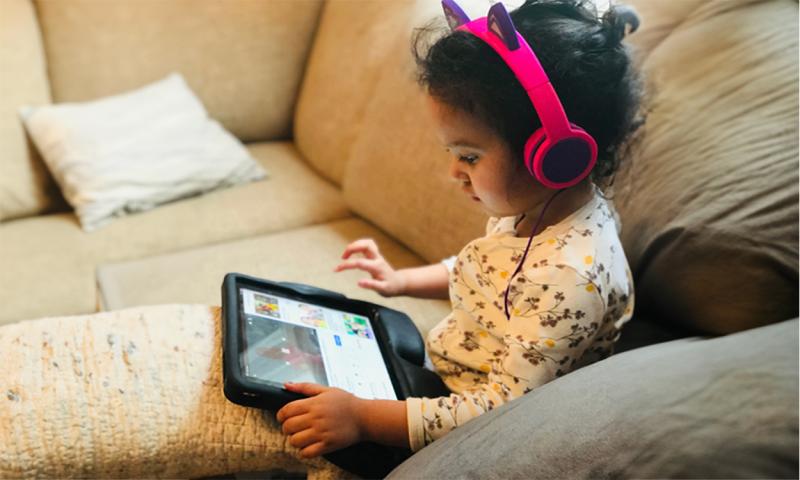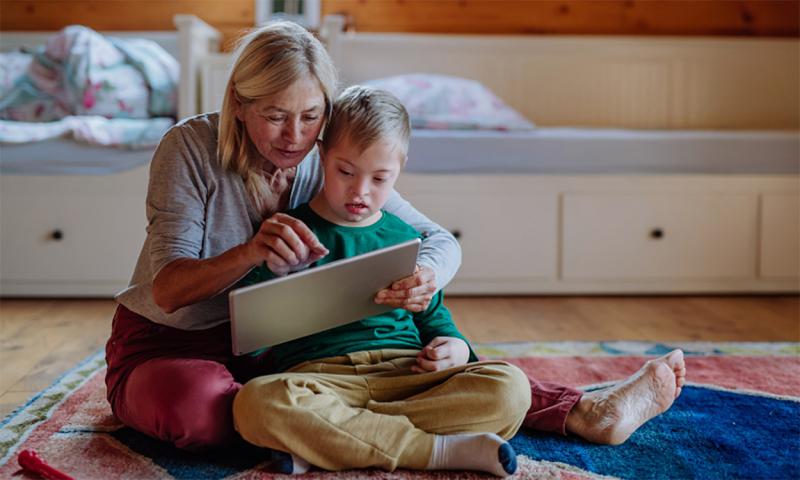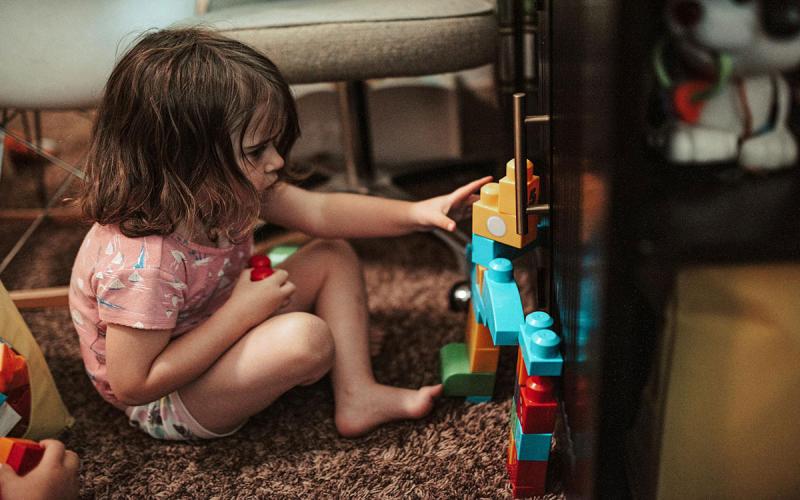
This resource comes from a National Association for the Education of Young Children article published in March 2015.
When using screens with young children, it is important to consider both the age and temperament of the individual. Children under 3, and especially those under 2, are only awake on average for 10 hours a day. Limit screen time to ensure that they spend most of their waking time exploring and interacting with caring adults in the “real” world.
It is also important to consider the individual child’s characteristics. Some children are naturally drawn to screens and are more prone to becoming dependent on them. Often these are children who have a harder time with social interaction and find screens safer, as they can control the entire experience. They may find interacting with adults and other children to be unpredictable and more challenging. It is particularly important to limit screen use for these children and to make screen time an interactive, social experience. This ensures that they do not learn to rely on screens for soothing, and that they get many opportunities to develop the social skills necessary to forge healthy relationships in the real world.
Strategies to share with families.

- Remember the importance of content when selecting screen media. Choose a program or app that is developmentally appropriate and fits the child’s age, interests, skills, and family language and culture.
- Watch with children. Participate in the screen experience, making it a language-rich, interactive activity.
- Help children make the connection between what they see on the screen and their experiences in the real world.
Like it or not, screens are everywhere and are here to stay. Being mindful of the content you choose and the context in which you use it is critical. What you expose children to and how you share it with them makes the difference in whether learning takes place or not. Being a screen-savvy professional maximizes the likelihood that the young children in your early childhood setting are learning, not just from screens, but—most importantly—from the great, wide world all around them.
For more information and resources on early childhood development, contact Audrey Rider.


